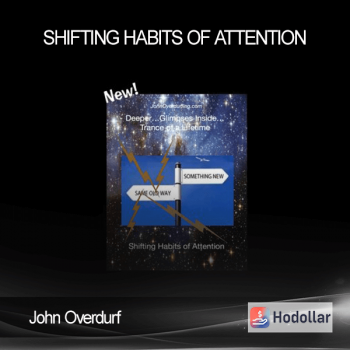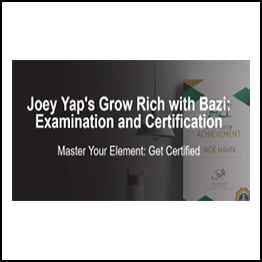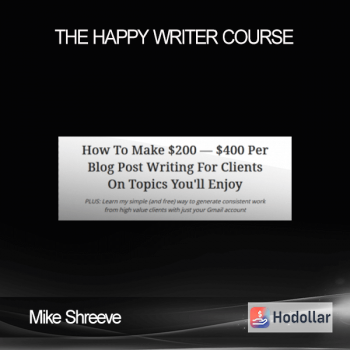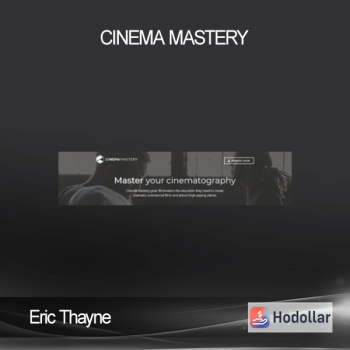Malcolm Gladwell Teaches Writing
Malcolm Gladwell Teaches Writing
Ketchup. Crime. Quarterbacks. Thank you Malcolm Gladwell’s books, these ordinary subjects have helped millions of readers grasp complex ideas like behavioral economics and performance prediction. The acclaimed storyteller and best-selling author Blink and The Tipping Point will now teach his first online writing course. Learn how to create captivating stories by learning how Malcolm Topic research, character building, and the distillation of big ideas into powerful narratives are some of the tasks that I do.
01. Introduction
Meet your instructor—best-selling author and longtime New Yorker staff writer, Malcolm Gladwell. Malcolm He will outline his plans for the class and reflect on the idea that writing is a calling.
2:42
02. Structuring Narrative: An Imperfect Puzzle
Malcolm likes an imperfect argument—the perfect argument is too obvious. Learn how Malcolm He incorporates a puzzle in his story that is open to all possibilities. “The Ketchup Conundrum.”
Get your instant download Malcolm Gladwell Teaches Writing
18:16
03. Engaging Readers
Data is an integral part of Malcolm’s stories. Three ways to learn Malcolm His writing helps readers to understand complex ideas and digest data.
13:40
04. Controlling Information: Holding Readers
Learn how to use surprise and guessing games to draw readers into your stories.
13:24
05. Research
Malcolm These are his guidelines for finding a good story idea through research.
14:32
06. Choose the Story
What makes a story worthwhile? Malcolm He discusses his criteria for spotting unique stories and the first steps in story development.
12:34
07. The Story Development
Learn how Malcolm He shares his ideas about a story with family and friends, and how they test new ideas together.
12:37
08. Analogous Worlds: Developing the Story
Use David and Goliath “What the Dog Saw,” Malcolm It teaches how to find patterns and make connections between seemingly different ideas.
15:28
09. Interviewing
The interview is the foundation of character development in nonfiction. Malcolm Learn how to interview your subject to find out what’s unique about them.
15:28
10. Characters: Descriptions
Malcolm breaks down two pieces of his own writing—one written for The New Yorker and one for a medical journal—to illustrate how he brings a new character to life.
9:48
11. World Building Characters
If you had to choose between how a person looks or what they have in their bedroom, it would be easy to describe them. Malcolm Choose the bedroom. To build a person’s personality, you must learn how to use the setting as well as the action surrounding a character.
10:10
12. Character Case Study “The Pitchman”
Malcolm He believes that the way you tell a story is just as important than what it is. This idea is illustrated by a detailed look at Ron Popeil, a late-night TV pitchman.
15:52
13. Structure Language
Learn how Malcolm To guide readers through complex ideas, it uses punctuation and sentence length.
9:56
14. Jargon
A New Yorker article that he wrote about a company trying out a new medication was used as his source. Malcolm This video demonstrates how to use jargon to grab your readers’ attention.
10:03
15. Tone and voice
Malcolm explains how to calibrate your tone for your readership using examples from his book David and Goliath and his own public speaking Q&As.
17:02
16. Humor and Melancholy
Malcolm It is believed that real emotion is only possible when restraint and control are applied. You can use humor and sadness to build strong connections with your readers.
Download it immediately Malcolm Gladwell Teaches Writing
9:44
17. Case Study: Language and Emotion “Something Borrowed”
Using his essay “Something Borrowed” For example, Malcolm It shows how to use emotion and language to build powerful stories.
15:08
18. Titles
For MalcolmA title is the best way to grab attention. Learn how to create powerful titles that speak to the emotions of your readers.
8:28
19. Drafts and Revisions
A process is required to bring a piece or writing to its final form. Malcolm This video will walk you through his process, from the first draft to the final polishing.
20:19
20. When your Story is Published in the World
Your story will be published and the world will react. Learn Malcolm’s tips for promoting your work, dealing with critics, and what to do when readers misinterpret your intent.
7:23
21. Writing as a job
Learn Malcolm’s advice for aspiring writers, including how to launch and maintain your career as a professional writer.
8:21
22. How to Read
Malcolm believes that you can’t become a great writer without being a great reader. Learn Malcolm’s strategies for critical reading.
12:17
23. Who Should You Read?
Malcolm He breaks down the strengths and weaknesses of some of his favorite writers, Lee Child, David Epstein and Michael Lewis. Malcolm.
13:30
24. Conclusion: A Theory of Other Minds
Malcolm His final words on the true intent behind nonfiction writing.
7:52
Here’s What You Will Get In Malcolm Gladwell Teaches Writing

Shipping method
– After making a purchase, you will see a View your order link to the Downloads page. Here you can download all the files related to your order.
– In case the link is broken for any reason, please contact us and we will resend a new download link.
– If you can’t find the download link, please don’t worry about it. This course is usually available and shipped within one day
– The course you purchased will have lifetime access
– Our support staff is the best by far! Please contact us at email: [email protected] and we will be happy to help!

























